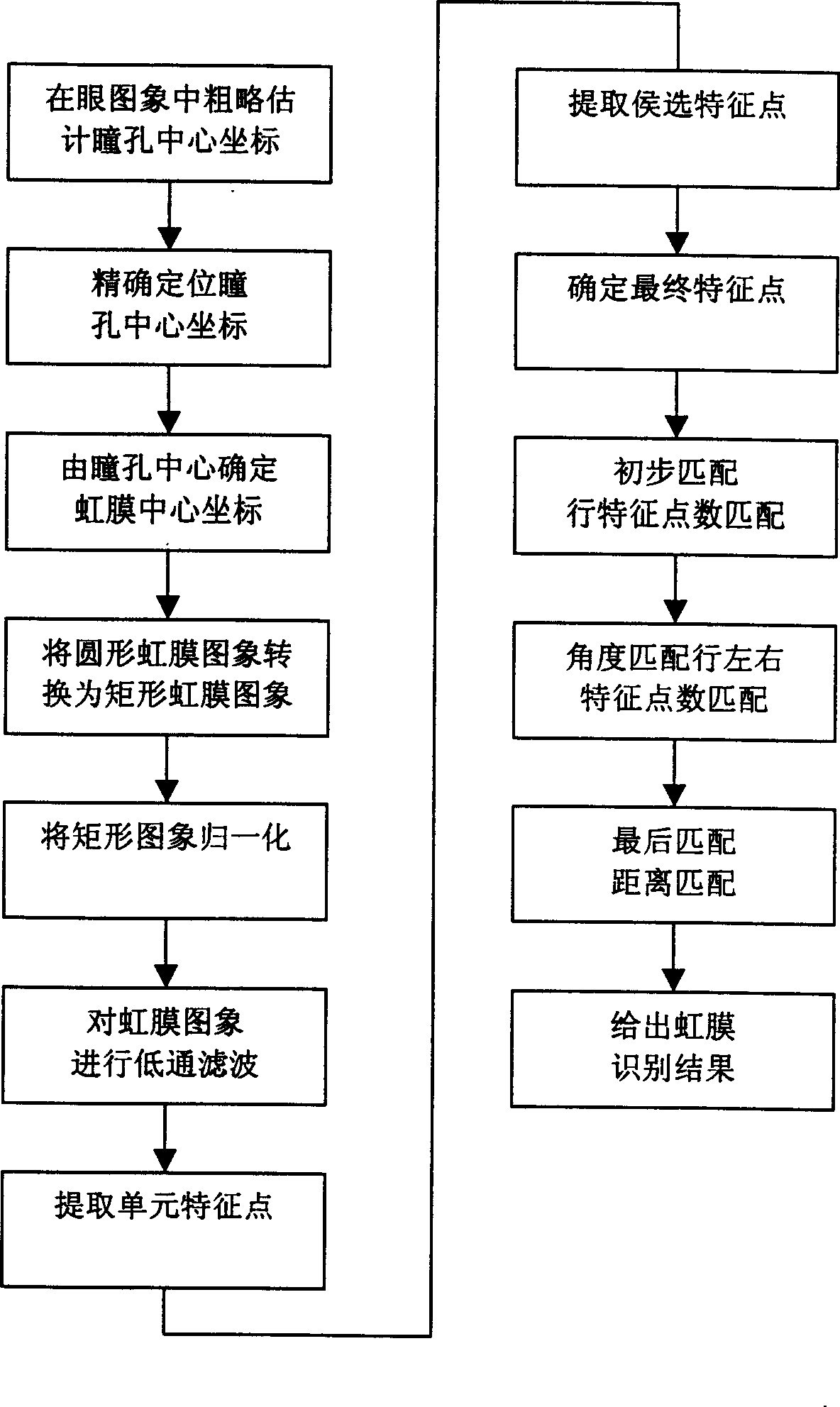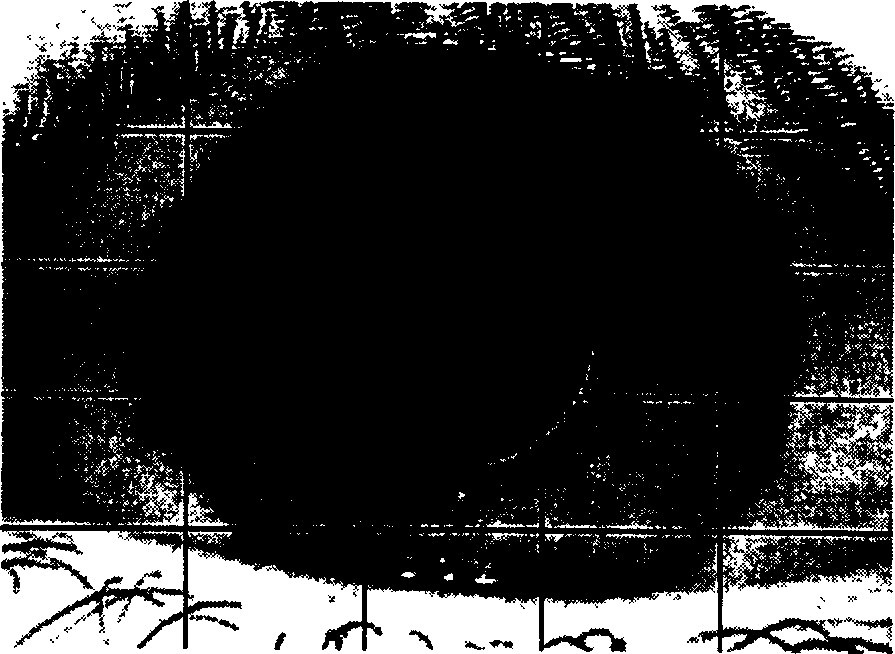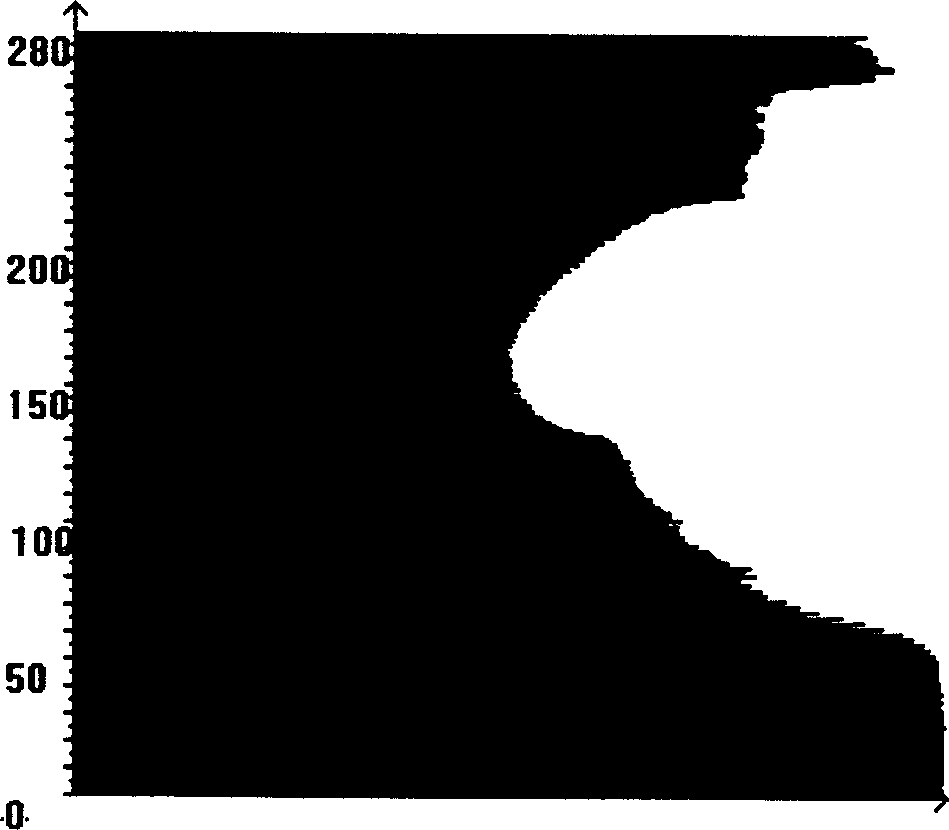Human iris identifying method
An iris recognition and iris technology, applied in the field of human iris recognition, can solve problems such as segmentation failure, unsuitability for application, and great impact on detection performance, so as to avoid interference from human factors, improve correct recognition rate, and reduce computational complexity Effect
- Summary
- Abstract
- Description
- Claims
- Application Information
AI Technical Summary
Problems solved by technology
Method used
Image
Examples
Embodiment Construction
[0032] In conjunction with accompanying drawing, the flow chart of the human eye iris recognition method that the present invention proposes is as figure 1 As shown, the specific implementation steps are as follows:
[0033] Step 1: iris positioning;
[0034] Step 2: convert the circular iris image into a rectangular iris image, and normalize;
[0035] Step 3: Extract iris feature points and encode them;
[0036] Step 4: Matching of irises.
[0037] Wherein the specific implementation steps of Step 1 are:
[0038] The first step is to estimate the position of the pupil center in the eye image;
[0039] In the eye image, the image is divided into five equal parts along the horizontal and vertical directions, that is, the image is divided into 5×5 sub-images of equal size, and the 3×3 sub-images in the center constitute the central sub-image of the image, such as figure 2 shown. The pupil center should fall within the center subimage. In the center sub-image, the image i...
PUM
 Login to View More
Login to View More Abstract
Description
Claims
Application Information
 Login to View More
Login to View More - R&D
- Intellectual Property
- Life Sciences
- Materials
- Tech Scout
- Unparalleled Data Quality
- Higher Quality Content
- 60% Fewer Hallucinations
Browse by: Latest US Patents, China's latest patents, Technical Efficacy Thesaurus, Application Domain, Technology Topic, Popular Technical Reports.
© 2025 PatSnap. All rights reserved.Legal|Privacy policy|Modern Slavery Act Transparency Statement|Sitemap|About US| Contact US: help@patsnap.com



